Enforcing ordinances for including more native plants in communal spaces is one way in which cities are attempting to expand their green infrastructure. Native plants bring many benefits to commercial landscaping and yet, in southern and southwestern states of the US, increasing building development has resulted in them struggling to survive.
Well-maintained and attractive native planting in commercial landscaping can enhance the appearance of a community and help businesses make a good first impression. Native plants, shrubs and trees not only add interest to commercial grounds but they are also a good choice for low-maintenance landscaping that will thrive in local conditions.
Landscaping in Louisiana’s Subtropical Climate
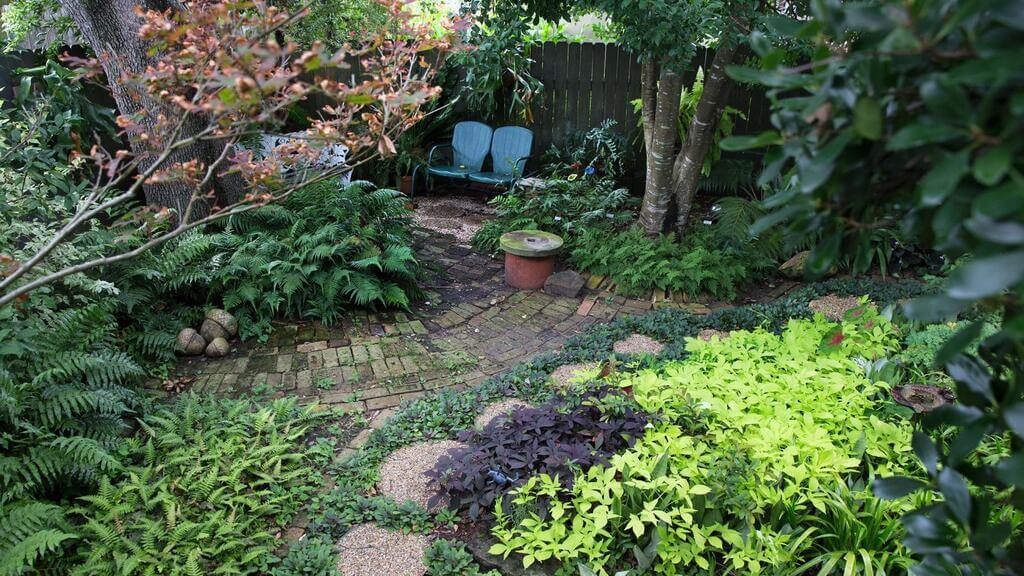
As well as creating a good first impression, landscaping that includes native plants is more likely to flourish. Native plants can help to stabilize the soil around lush lawns, filter and drain excess water, purify the air and support essential pollinators.
Louisiana has a humid subtropical climate and, in Baton Rouge, experience of working with the unique weather systems helps commercial gardeners to choose plants and landscapes that thrive in the region. As well as growing well, native plants can improve ecosystems and help to develop greater biodiversity.
In order to further encourage the use of native plants, the Louisiana Native Plant Society is now awarding certificates to property owners and organizations to recognize the use of more indigenous plants in their outdoor spaces.
Enhancing Florida Districts with Native Planting
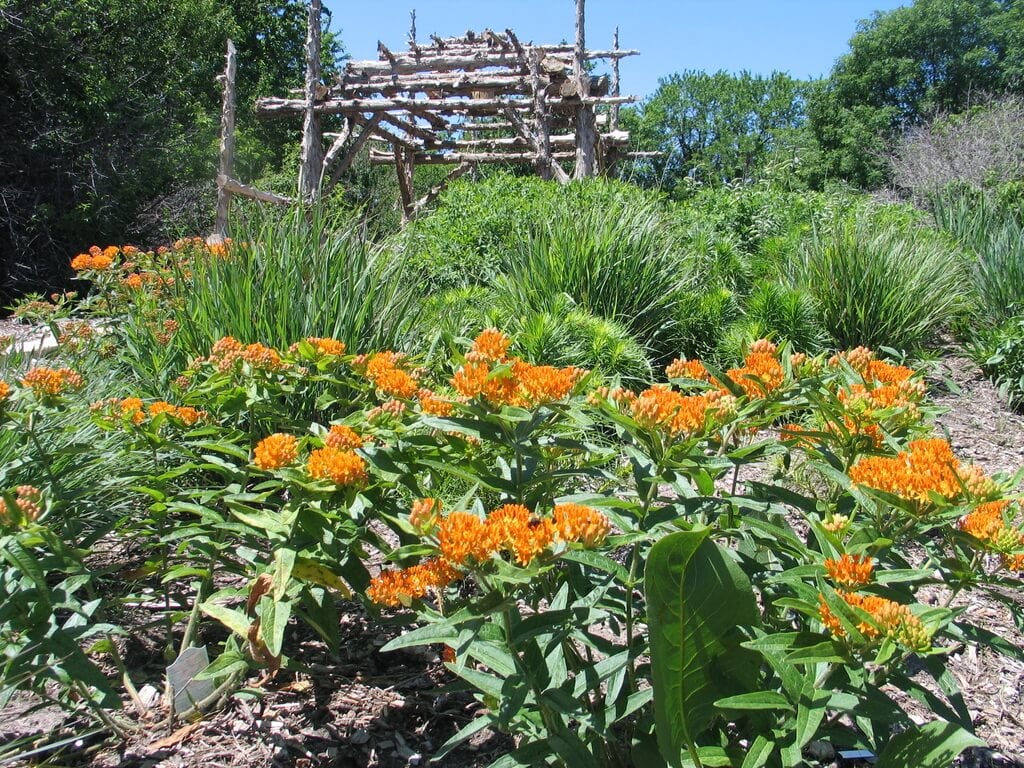
In Florida, communities are fighting against the spread of unsightly urban developments that are increasingly spoiling the local landscape. Commissioners from Hillsborough County in the Tampa Bay region have recently agreed to a plan to preserve more rural characteristics and impose regulations on commercial developments for fencing and other architectural elements.
The plan will also include requirements for the inclusion of native plants in commercial landscaping designs. With diverse natural ecosystems ranging from wetlands to coastal areas, native plants to suit each region of Florida vary.
The Florida-Friendly native planting in commercial landscaping Program provides advice, training and educational services to help both residents and business owners throughout the state to create and manage more environmentally-friendly grounds. The benefits of following the principles of the program and using native plants include the reduction of storm runoff, the conservation of water and the creation of habitats for pollinators and other local wildlife.
Enforcing Policies to Preserve Native Plants in Arizona
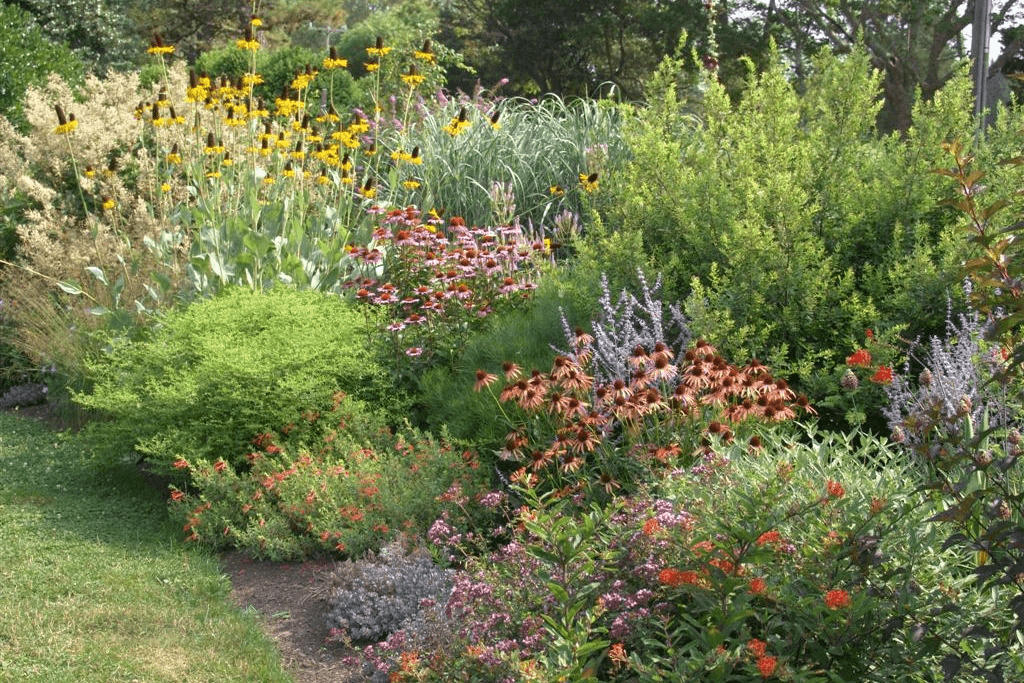
An ordinance introduced in 1997 requires developers in Tucson, Arizona to protect at least 50% of native plants growing on the land where construction is to begin. The policy covers 29 plant species and offers special protection to saguaros, a native cacti. Unfortunately, despite the many environmental and economic benefits of preserving native plants such as cacti, the policy remains unenforced.
It is hoped that once positions are filled within the planning department, new employees will implement the plant ordinance along with the Commercial Rainwater Harvesting Ordinance. Iconic native cacti including saguaros not only draw millions of tourists to the region but they are also the perfect addition to commercial landscaping designs.
Saguaros require very little water and are very effective at removing carbon from the atmosphere. Encouraging the preservation and planting of saguaros could help Tucson to meet its climate targets to become carbon neutral by 2030.
Replacing Invasive Species with Alabama Prairie Plants
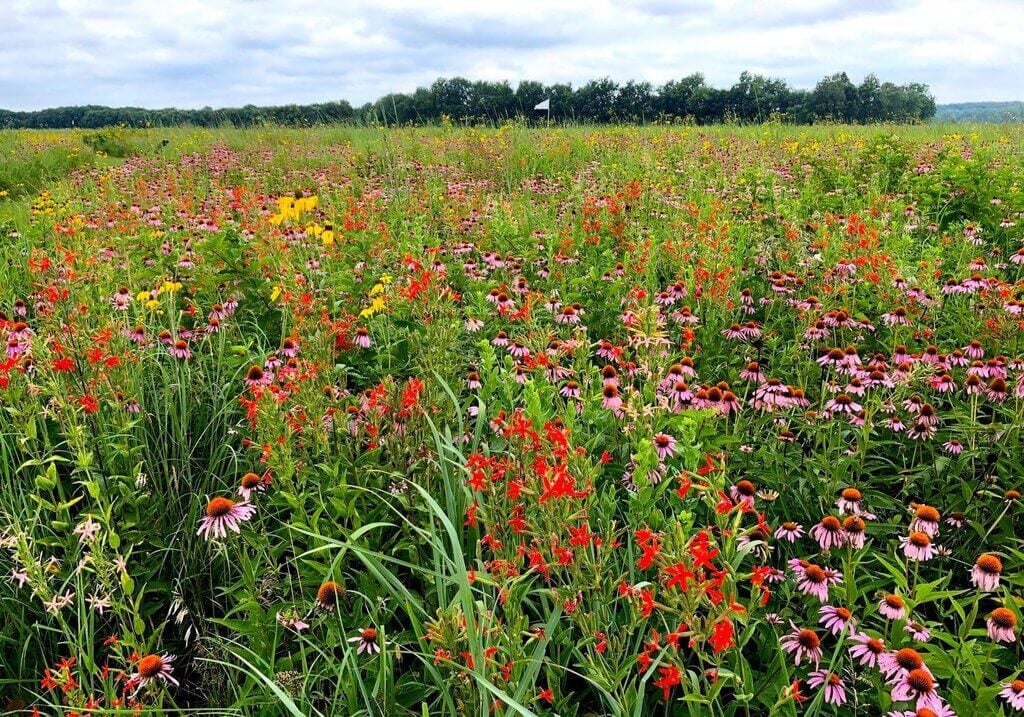
With the help of experts at the Botanical Gardens, local families, schools, and other conservation organizations in Birmingham, Alabama are transforming their landscapes with native plants. One of the first steps in creating a native garden is to remove invasive, non-indigenous plants such as English ivy and privet.
Once an area is cleared, it can be replaced with Alabama prairie plants which attract native birds and other pollinators. These plants have deep and extensive root systems making them tolerant to drought and easier to maintain. In other areas of the city, large vacant lots have been transformed into Ecoscapes, hardy pollinator gardens that are left untreated by chemicals and watered only by rainfall.
Native plants have evolved naturally to withstand the local conditions, but, while they are hardier and need less maintenance than imported species, they can still also create beautiful and varied gardens. Tours of the Ecoscape gardens teach visitors about the historic use of native plants for medicinal purposes and reveal how they provide food and suitable habitats for local wildlife.
Funding for Native Landscaping in Texan Parks
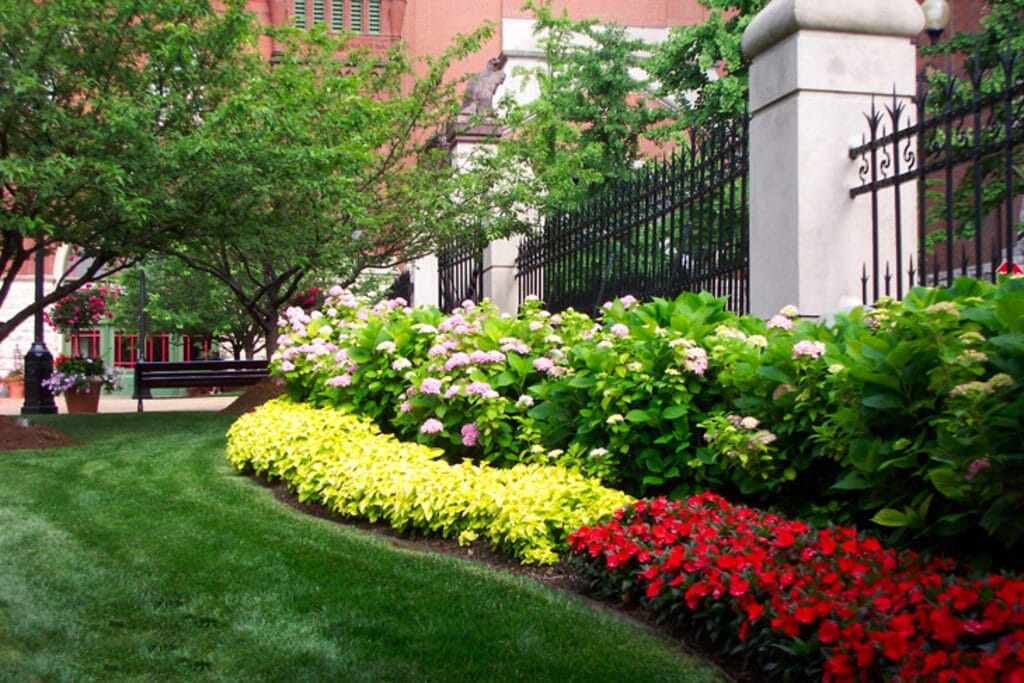
The Texas Parks and Wildlife Commission has recently awarded funding of $12.5 million to enhance 26 community parks throughout the state. As well as improving and creating recreational facilities such as playgrounds, sports fields, and nature trails, all the parks are planning to incorporate native landscaping in their design.
There are up to 6,000 different native species of plants in Texas, accounting for a quarter of the North American native flora. In the second-largest state, each region’s soil and climate can vary, and many of the plants chosen for each park will still need to be particularly adapted to the local soil and climate.
For lawned areas and sports fields, drought and traffic-tolerant bermudagrass can be grown throughout Texas, while nature and wildlife trails may be able to incorporate some of the state’s 23 endangered species and reverse the trend of plant blindness where people fail to notice the plants around them.
In warm, sunny states, the inclusion of drought-tolerant native plants can bring many benefits to commercial landscaping. From hardy grasses in Louisiana to iconic cacti in Arizona, native plants are not only beautiful but are also naturally suited to each state’s unique climate.
Conclusion
This means they tend to require less watering and general maintenance, while at the same time they attract essential pollinators and provide a natural habitat for local wildlife.
With extra funding for public parks, the implementation of local ordinances, and professional help from local gardening enterprises, there is plenty of support for organizations across the southern states to design and maintain beautiful native landscapes.
Explore Further:

